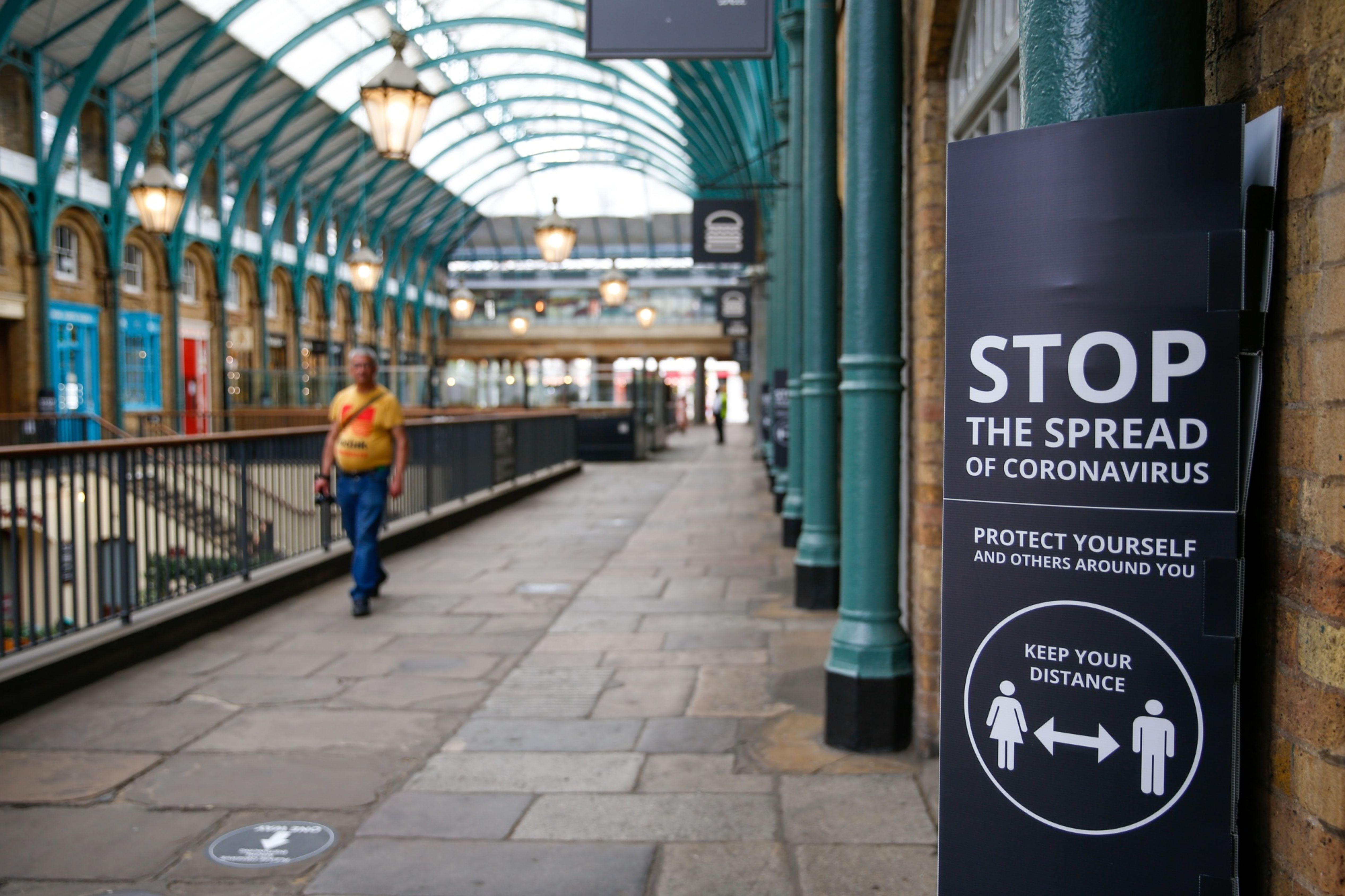The labor market has a long road ahead as businesses try to adjust to the outbreak of the COVID-19 pandemic.
ADP held an online Labor Market Summit last week to examine the latest research from the Federal Reserve, the University of Chicago, the Massachusetts Institute of Technology and its own ADP Research Institute.
David Cho, an economist with the Federal Reserve Board of Governors, said he has done a rough back of the envelope calculation suggesting that a little more than 3 million jobs have been added by the Paycheck Protection Program since the passage of the CARES Act. “This is a sizable increase in employment,” he said. Total hours were about 5 percent higher at firms that were eligible for the PPP relative to those that did not qualify for this program, he found.
Mark Zandi, chief economist at Moody’s Analytics still thinks it’s going to be a long time before the economy recovers all the jobs lost this year as a result of the pandemic.
“We lost 22 million jobs,” he pointed out. “We’ll get roughly 10 or 12 million back by Labor Day, but the remaining 10 or 12 million jobs will be tougher.”
With social distancing rules in place during the pandemic, in industries such as airlines, retail and transportation aren’t likely to get back up to full speed for two or three years, assuming a vaccine becomes available.
Erik Hurst, an economist at the University of Chicago, agreed that it’s unlikely the economy will regain 10 million jobs this summer. Twice as many jobs were lost as during the Great Recession, he pointed out. “That’s the size of the shock,” he added. “We could have huge expansions and still have 8 or 9% lower employment than we had in March. This will keep going until the public health crisis is cured and people feel safe again. That is when the labor market will go back to normal.”
David Autor, an economist at MIT, does not expect the economy to return anytime soon to where it was at the start of the year. With so many businesses bankrupt, and the economics of consumption drastically changed, he foresees reduced demand for business travel and hospitality services. “The point we rebound to is not where we’ve been,” he said.
Ahu Yildirmaz, co-head of the ADP Research Institute, sees stark differences in employment declines for women versus men, and low-wage workers versus higher-wage employees. “When we compare this to the start of the pandemic in mid-February, by late April the employment declines were 4% larger for women,” she noted. “For women, employment declined 22%, but for men, employment declined 18%. In fact when you look at the data in the past couple of weeks in May shows the gap has grown slightly.”
Yildirmaz attributed this in part to childcare demands. Similarly, the data revealed differences among workers at different wage levels. Those who earn less than $15 per hour saw their employment decline 37% in early March through the end of April, while higher earners who make more than $32 an hour saw employment declines of only 10%.
“Even when the jobs started coming back the past few weeks, we continued to observe this inequality in wages,” Yildirmaz added. “By late May, employment for low-wage workers was still depressed by 30%. The improvement was only 7 percentage points from 37 to 30%. On the other hand, only about 5% of those top earners remained out of work. In the past few weeks they recovered half of it, so instead of 10 percent, it’s only 5% now.”